What EWG Doesn’t Want You to Know: Part 3
3/202024
We know – Part 1 and Part 2 covered so much about what the Environmental Working Group (EWG) doesn’t want you to know about its so-called “Dirty Dozen” list. But, we warned you there were more things EWG doesn’t want you to know. So we present Part 3.
- EWG never provides direct links in press releases, website content or social media posts to the U.S. Department of Agriculture’s Pesticide Data Report, (USDA PDP) which they state they “base” their list on. Why not? Because they don’t want you to jump to the government site and see the real, positive results or read this USDA statement: “Based on the PDP data, consumers can feel confident about eating a diet that is rich in fresh fruits and vegetables.” Who doesn’t provide direct links to cited reports, especially when you base your entire analysis on USDA’s findings? It’s standard practice and makes no sense not to provide a link.
- EWG commonly includes leafy greens on its “Dirty Dozen” list. But USDA PDP previously has sampled organic lettuce and do you know conventionally grown actually had less residues? Yep, an analysis by toxicologists with the University of California Personal Chemical Exposure program found that a child could consume 1,339 servings of organic lettuce in a day without any effects from residues. But a child could consume 1,665 servings of conventional lettuce in a day without health effects. After reading this, isn’t EWG’s list nonsensical? And, doesn’t this underscore AFF’s messaging to consumers to choose either organic or conventional but choose to eat more every day?
- Let’s examine a few more commodities included in the toxicologists’ analysis: A child could consume 1,448 strawberries, 1,888 peaches, 2,303 nectarines or 1,468 potatoes in a day and still not have any health effects from residues, which shows how minute residues are, if present at all.
- Do you know the EWG has never questioned or attempted to counter the science-based information found at safefruitsandveggies.com? Because they can’t. Our information is peer-reviewed or presented by experts from academia.
- EWG’s motivation in releasing this list is not about consumers, health or safety. Their interest is in using fear as a motivation to move consumers toward their corporate donors’ preferred food options and raise money among their constituent base. The AFF has not previously addressed EWG’s motivation for its annual list release. When asked about it in the past we deferred and said,“ask them.” However, as we continue to see decades of research replicated about the incredible health benefits of eating a diet rich and fruits in vegetables, it has become increasingly important to stop fear from being another barrier to consumption for consumers. Therefore, discussing EWG’s motivation is necessary (For those who still believe the “Dirty Dozen” list is some kind of a public service, why is there a “Donate Now” button on every single piece of content concerning the list? Every. Single. Piece.)
Never let anyone or any group scare you away from the produce you can afford and enjoy. And there are times when a conventional or organic produce option isn’t available and consumers should be reassured they can consume either with confidence.
Read, learn, choose but eat more fruits and vegetables every day for better physical and mental health and a longer life.





Leave a Reply
Want to join the discussion?Feel free to contribute!